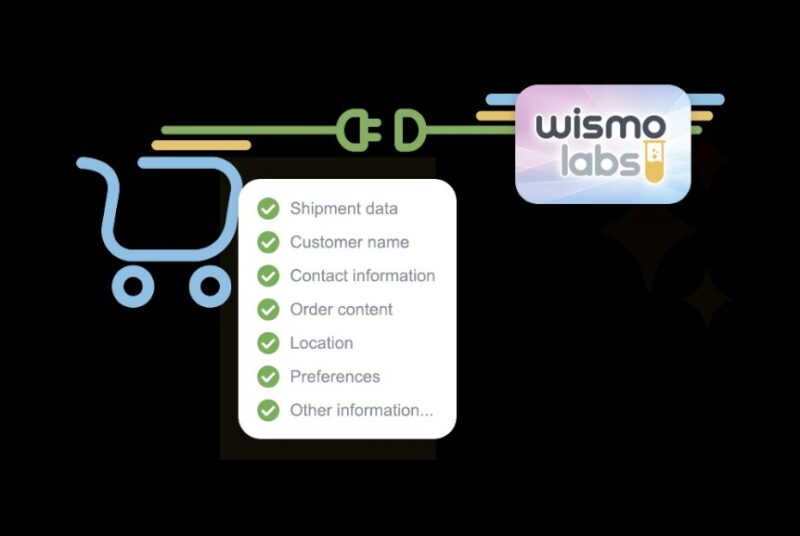The Covid-19 crisis has left the job market more competitive than ever before.
Unemployment in the US might have fallen back to 6% after its peak of 14% early on in the crisis, but it still sits around 2% higher than pre-Covid levels.
In the UK, various Government schemes such as furlough and job retention have kept rates comparatively low, but as these schemes draw to a close, rates are expected to soar and already, 56,000 fewer people were in payrolled employment in March 2024 compared to the previous month.
All of these stats translate to a highly competitive job market where the need to stand out has never been more important. With a plethora of applicants for every vacancy, job seekers must work harder than ever before to get noticed.
Use LinkedIn to your advantage

Any job seeker who has not yet leveraged the power of LinkedIn in their job search, is missing out on a seriously powerful tool. LinkedIn is really good for three things.
First, to put yourself in front of recruiters who are actively seeking candidates like you. There are more than 55 million companies listed on the site and more than 14 million open jobs. What’s more, 87% of recruiters regularly use LinkedIn to hire.
Second, to get involved with your industry – share content, comment and discuss, make contacts and network with others within your industry. It helps if your name is recognised when your CV lands on a recruiter’s desk, and even if they don’t recognise you, they can see your LinkedIn activity.
Further, referrals are a great way to find out about new opportunities and get a foot in the door. 35% of employees will refer candidates to help that contact as a friend, 32% do it to help their company, and 26% do it to be seen as a valuable colleague.
The third reason to make full use of LinkedIn is to expand on your CV with more detail, and acquire recommendations/endorsements (essentially, professional testimonials). When 10 hiring managers whether LinkedIn Recommendations were important, 7 responded positively, remarking that they were “a plus”, “super important”, “proof” and they can “influence or reinforce.”
Once you’ve polished your profile, include your LinkedIn handle on your CV. You could even add the words ‘Find out more on LinkedIn:” to entice hiring managers to look further.
Get active on Twitter

Whilst Twitter is well known to be a target for trolls who subject victims to harassment and abuse, it’s also an incredibly handy tool for those searching for a new role.
Twitter is not primarily a business networking tool and so it naturally will show employers some of your personal interests, in addition to any professional posts. This (hopefully) should be a good thing, as it allows your personality shine through.
Before you disclose your Twitter handle on your CV, first tidy up your profile and ensure your ‘about me’ text is professional – for example: “Marketing graduate and careers blogger from Liverpool. Coffee & The Crown addict.”
If you have a personal blog (see below), make sure you add the URL.
Then, go to “MORE” in the left menu, “SETTINGS & PRIVACY”, “PRIVACY AND SAFETY”, “DIRECT MESSAGES” and then select “Allow message requests from everyone”. This will allow prospective employers to Direct Message (DM) you, even if you don’t follow them.
After you’ve set up your profile, follow companies you’re interested in and key people within those companies, along with well-known figures in your target industry and your existing connections.
As you’re establishing your network, start to engage with industry-relevant tweets, retweeting and joining in the discussion. All of this has multiple benefits: getting your name known within your industry, creating a profile of content that demonstrates your passion for your role, and keeping you updated (and showing that you are up-to-date) with industry developments. You’ll find plenty of job vacancies are advertised on Twitter too, and having a large network can help you find opportunities before anyone else.
Finally, don’t forget to include your Twitter handle on your CV which should just be done using the @ symbol, e.g. @carljones97.
Start a blog

A personal blog is an incredibly easy way to prove a whole range of skills to prospective employers. You can show off your industry knowledge, demonstrate your written communication skills and showcase soft skills such as adaptability (writing about different topics) and creativity. Building up a busy blog also shows off networking, self-promotion and SEO skills. Really it’s a no-brainer.
There’s a good guide to starting your own blog here. We’d always recommend a self-hosted WordPress installation – it’s far more flexible and looks more professional.
Once your blog has around 10+ good posts, it’s ready to go on your CV. You can also add it to LinkedIn and Twitter.
Focus on achievements

CVs of old were simply long lists of job titles and responsibilities. Sadly this tells the employer nothing about whether you’re actually any good at your job. The most effective CVs nowadays focus on achievements.
If you’ve never really had a high-level role, you might think that you haven’t achieved all that much to boast of. But chances are, you’ve actually achieved lot more than you can recall. The best way to formulate your achievements is to review a list of action verbs such as ‘Planned’, ‘Supported’, ‘Improved’, ‘Increased’ or ‘Taught’.
Achievements can be presented in a range of ways on your CV: either in a section of their own, or tied to each position and/or qualification. They may even result from your hobbies and interests! Wherever you include them, they will provide prospective employers with strong evidence that you have the necessary skills they are looking for.
Use keywords

Many companies are using Applicant Tracking Systems these days to pre-screen candidates, saving HR departments a great deal of time. These systems are designed to screen your CV for certain keywords as provided by the employer. If your CV doesn’t include these keywords, you may find your application is unduly rejected.
The best place to find keyword clues is the job advert. Look for particular skills, job titles and qualifications that the recruiter has suggested – and ensure the exact same wording is used on your CV. If, for example, the recruiter is looking for a ‘Marketing Team Leader’ and your past job title was ‘Marketing Team Manager’, it’s fine to include the employer’s wording, provided that your role was essentially the same.
In addition to using the right keywords, it’s essential that you choose an ATS-compliant CV template. This means finding a template that has no graphics, tables, columns or other elements that might confuse the system. This doesn’t mean your CV has to be bland and boring – Microsoft Word has plenty of other design elements that will effortlessly sail through ATS software without causing a problem. There are 200+ attractive CV examples that use such elements on CVTemplateMaster.com, many of which are ATS-friendly.






